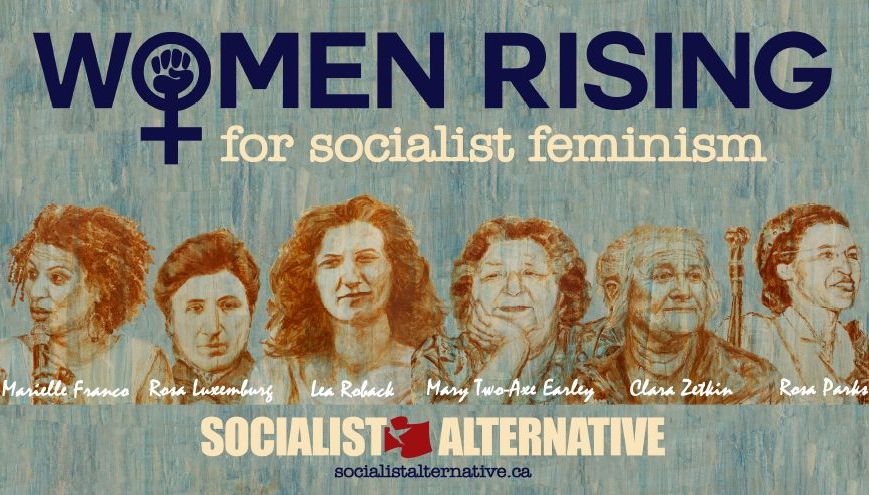 Dates are given in the old style Julian calendar used in Russia at the time. This was 13 days earlier than the Gregorian calendar (adopted in Russia in 1918).
Dates are given in the old style Julian calendar used in Russia at the time. This was 13 days earlier than the Gregorian calendar (adopted in Russia in 1918).
The world’s first workers’ state had been set up on 25/26 October, when workers and soldiers led by the Bolshevik Party took power – ratified by the second All-Russia Congress of Soviets of Workers, Soldiers and Peasants. The Soviet government (Council of People’s Commissars) immediately declared for an end to the first world war, and for land to the peasants. It would now have to strain every sinew to rebuild the shattered economy, alleviate extreme poverty, and defend the revolution against hostile imperialist armies and reactionary counter-revolutionary forces within Russia.
November
1: The Tashkent Soviet regains control of Uzbekistan’s capital.
2: The Soviet government proclaims the Declaration of Rights of the Peoples of Russia, guaranteeing nationalities the right to self-determination, including secession.
3: Reactionary forces are defeated in Moscow after a week of bitter fighting. General Alexeiev begins to organise a counter-revolutionary army in southern Russia. Lev Kamenev, Grigory Zinoviev and Alexei Rykov resign from the Bolshevik Party Central Committee over disagreements with Lenin, Trotsky and others on the taking of power.
5: The Soviet government decrees the transfer of power and the means of production to the workers.
9: General Dukhonin is replaced as commander-in-chief by the ensign Nikolai Krylenko (one of the organisers of the October insurrection). Dukhonin mobilises counter-revolutionary forces. The State Commission on Enlightenment (public education and culture) is set up.
11: All tsarist ranks, titles and privileges are abolished.
12: Leon Trotsky, the People’s Commissar for Foreign Affairs, reveals the secret wartime deals between the governments of Britain, France and tsarist Russia to carve up Ottoman empire territories in the Middle East and Persia – in the Bolshevik newspaper, Pravda. He also publishes correspondence from the French military refusing to recognise Soviet Russia, US government threats to boycott it, and both their intentions to continue the war – in the Soviet paper Izvestia. Trotsky comments: “The North American plutocracy apparently agrees to supply us with locomotives only in exchange for the heads of Russian soldiers. We think this rate of exchange is too high…”
12-14: Even though the Soviet government has been set up, elections to the Constituent Assembly go ahead – a long-standing demand of socialist and other political parties. The results take a couple of weeks to come in, and will show the peasant-based Social Revolutionaries (SRs) have the highest vote: 17.9 million, 40%, 380 seats; the Bolshevik Party with 10.7m (24%, 168); Kadet party 2.1m (4.7%, 17); Mensheviks 1.4m (2.6%, 18); and 120 seats (18%) to a variety of other parties. This does not reflect the real balance of forces, however. Not only is the electoral register hopelessly out of date, the party lists do not take account of the split in the SRs whose majority left wing now backs Soviet power. In reality, the Constituent Assembly – once a progressive demand at the time of tsarist authoritarian rule – now represents an outdated, stagnant parliamentarianism overtaken by the direct democracy of the soviets.
14: A Soviet decree establishes workers’ control of production.
18: Soviet government is established in Vladivostok.
21: The right to recall politicians from office is introduced.
23: The salaries of high-paid officials are capped
28: Soviet power has been established in 28 provincial capitals and all the main industrial centres.



